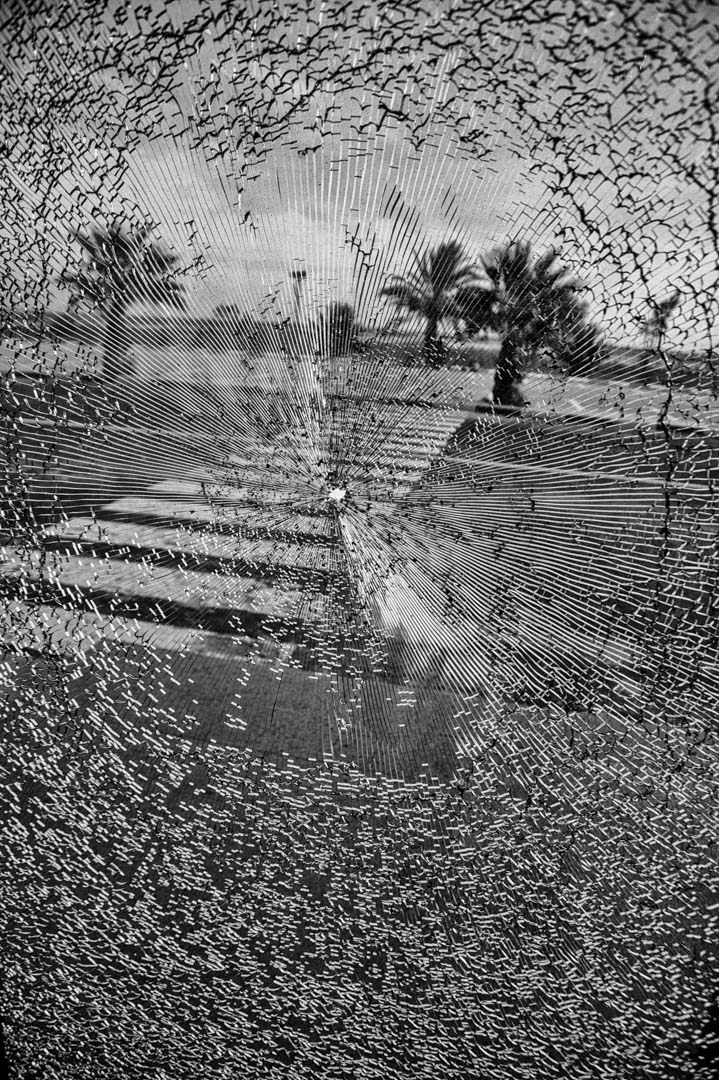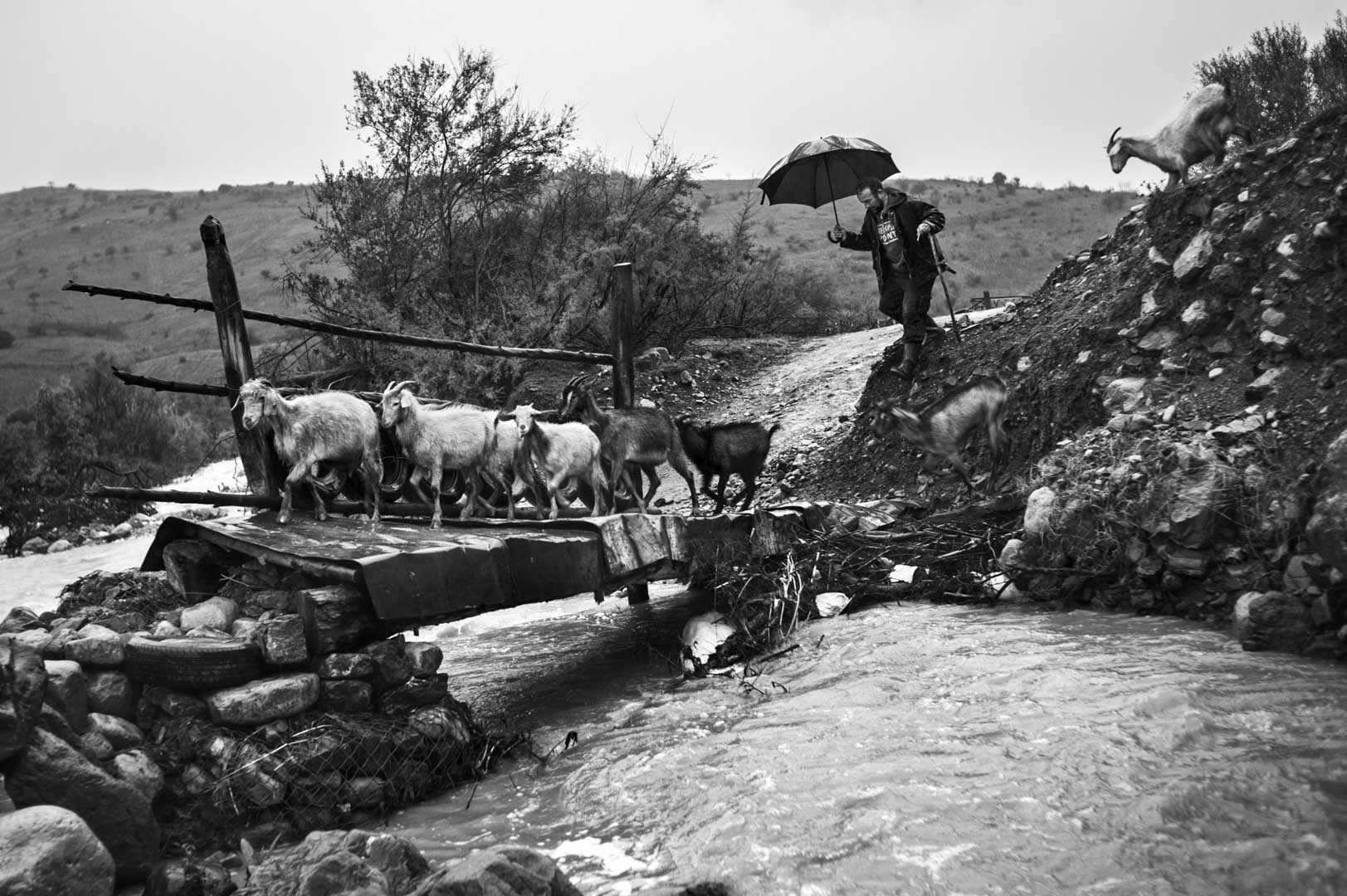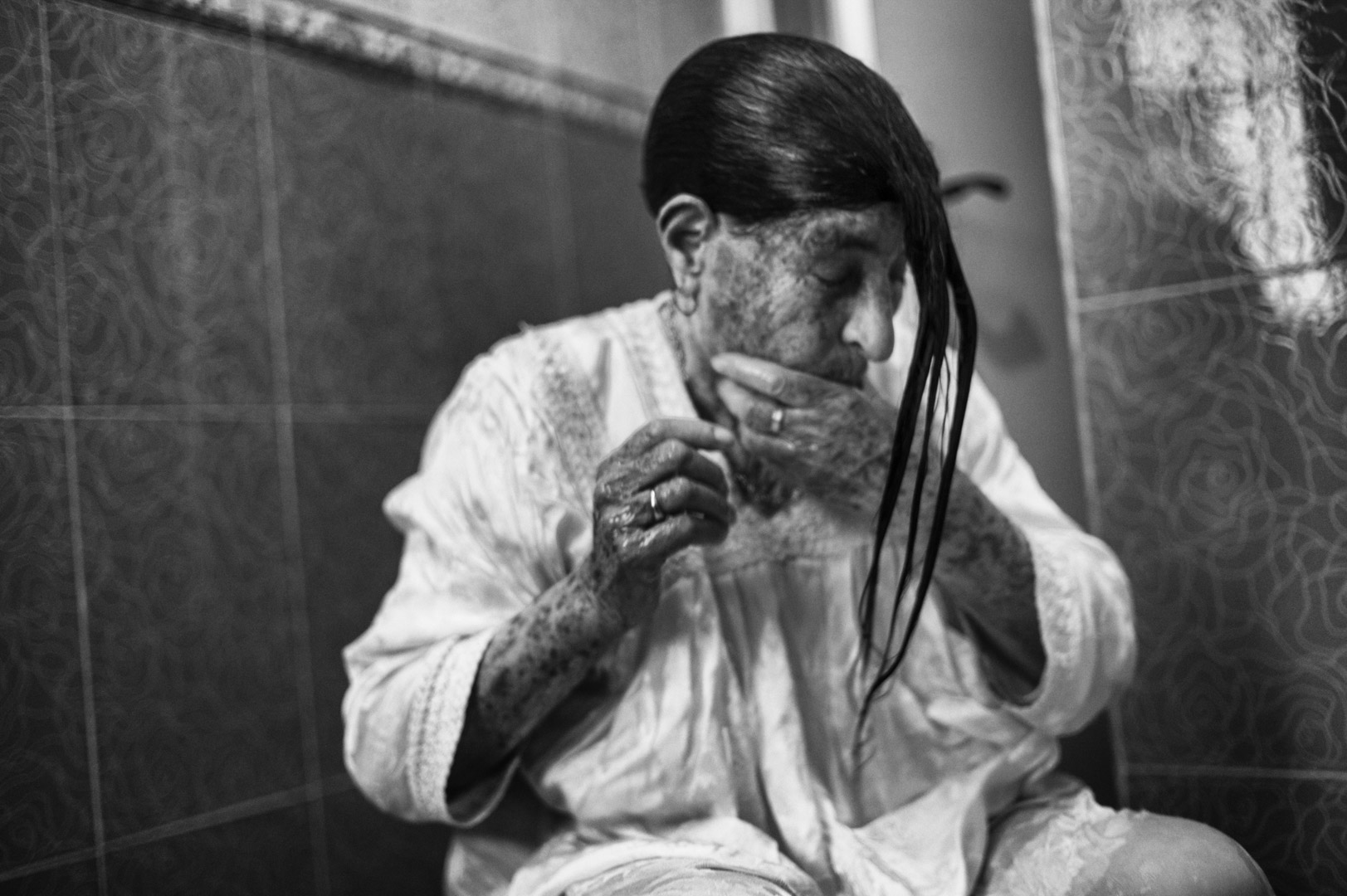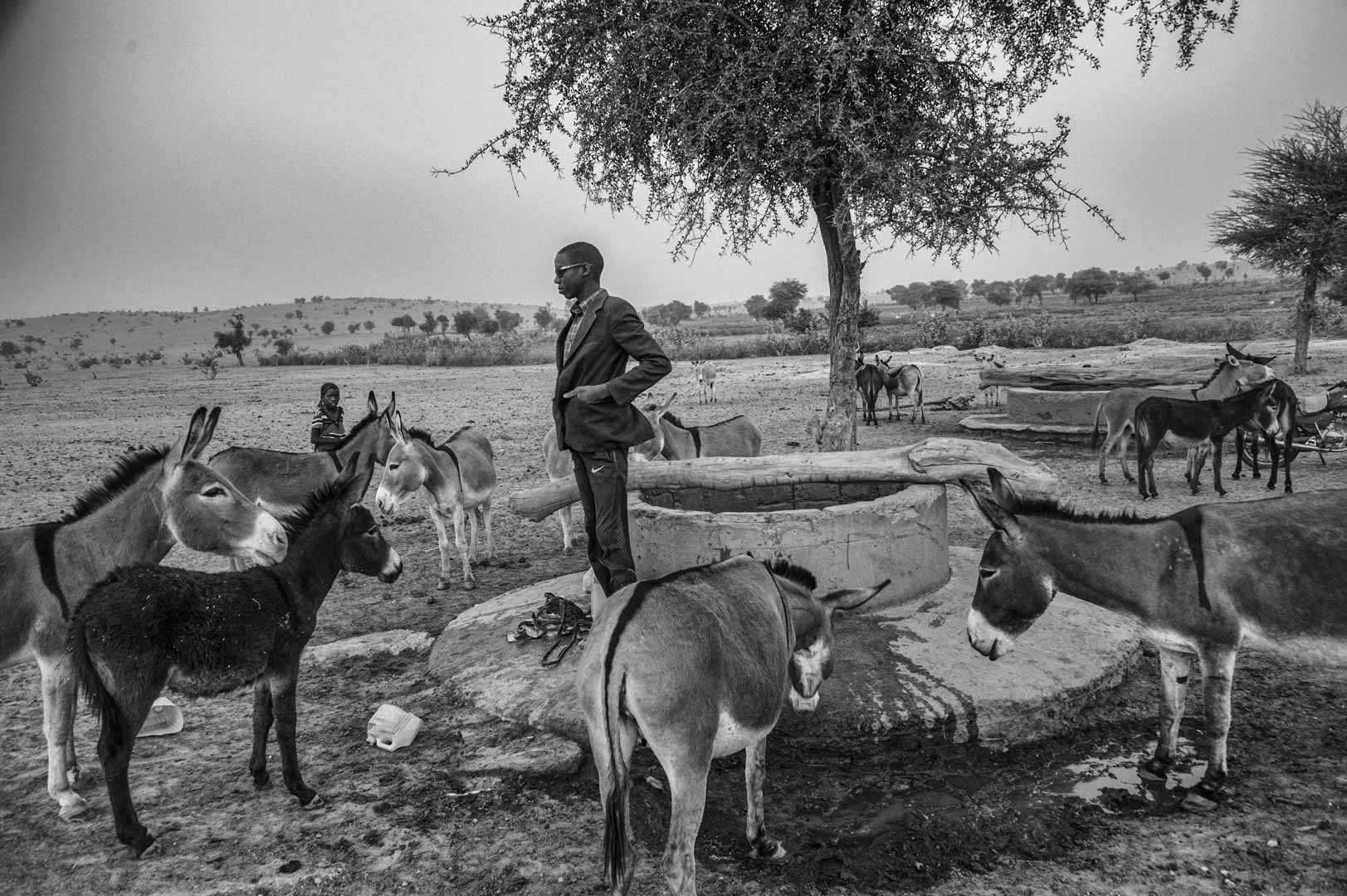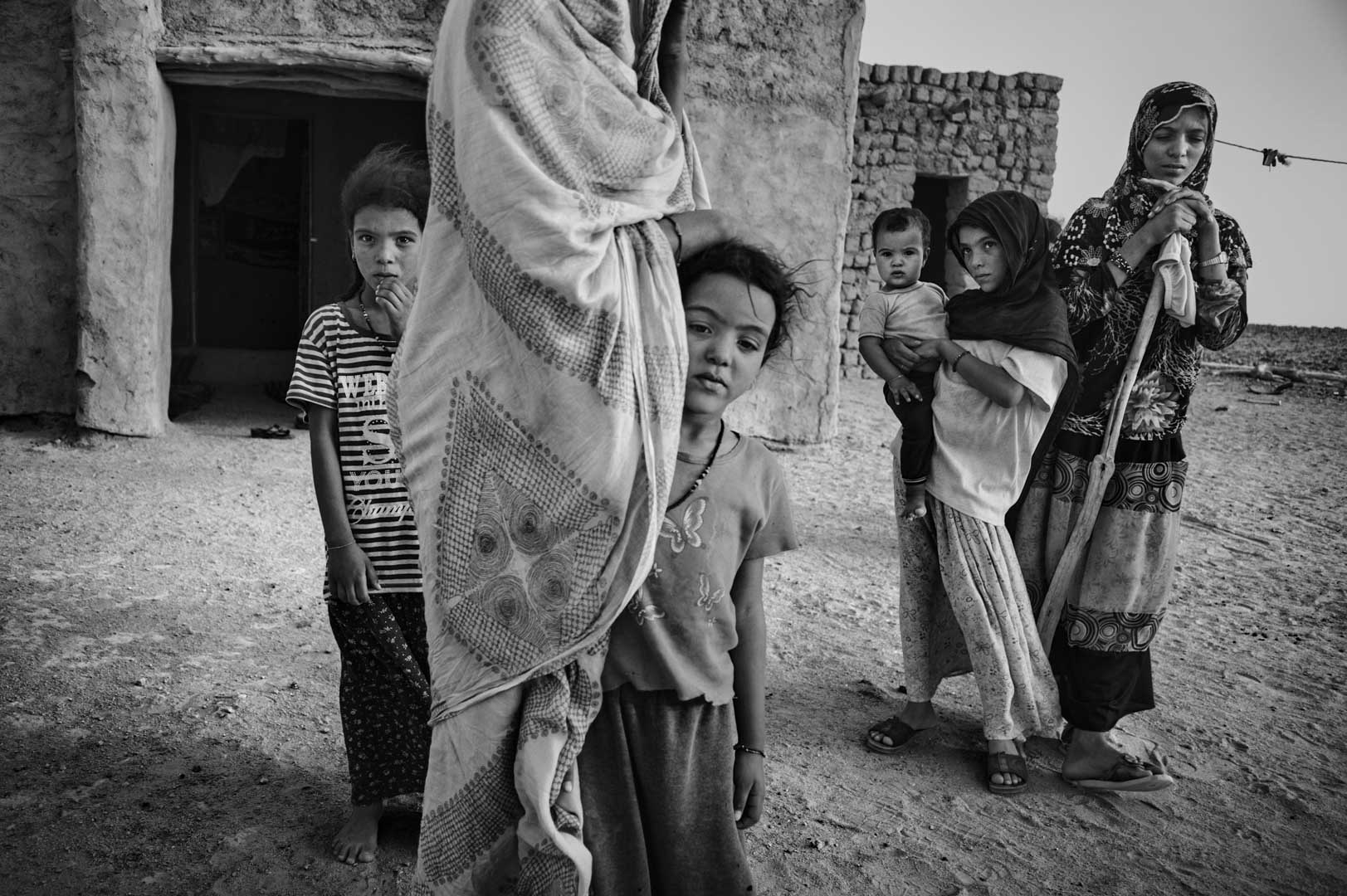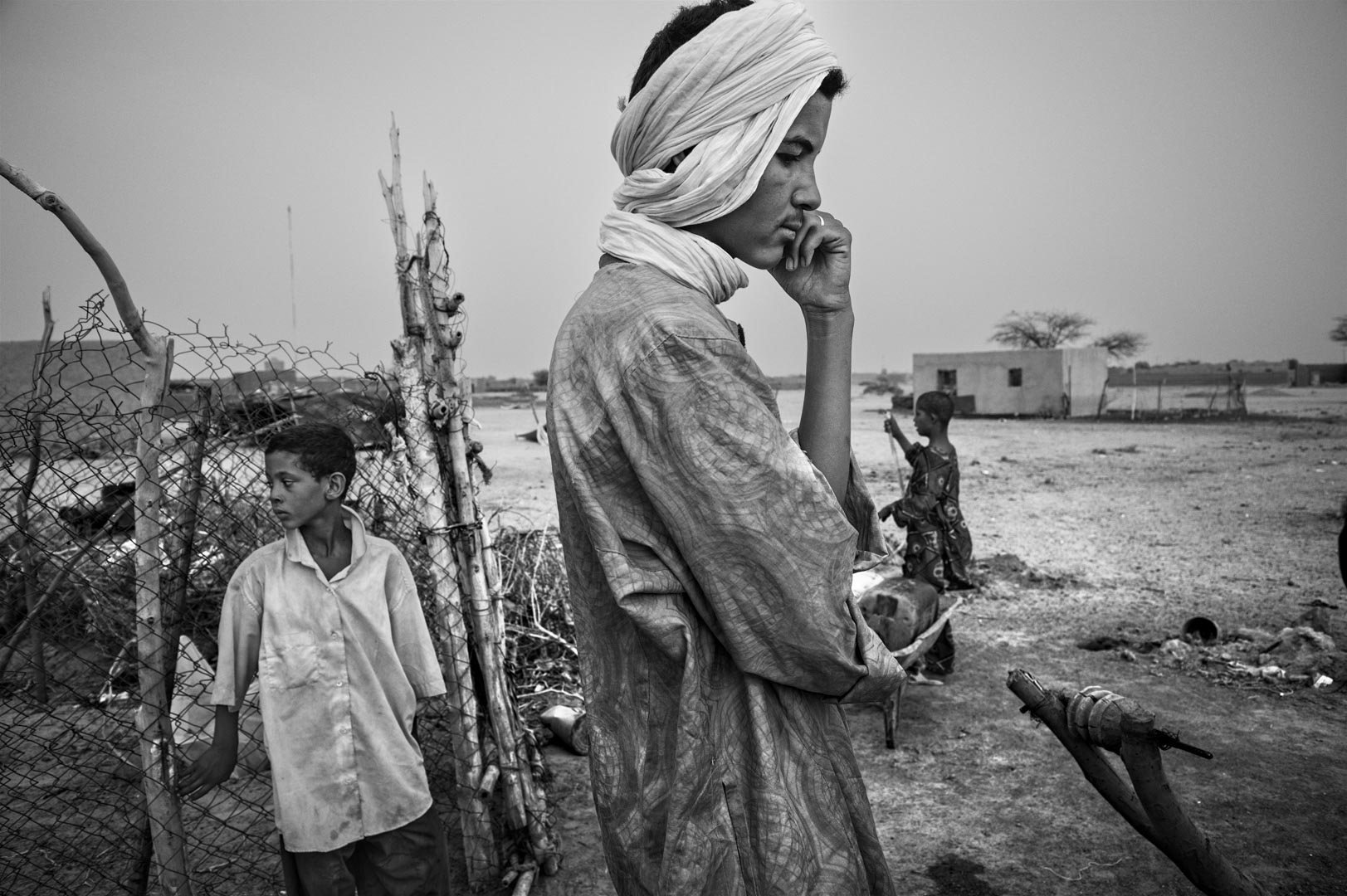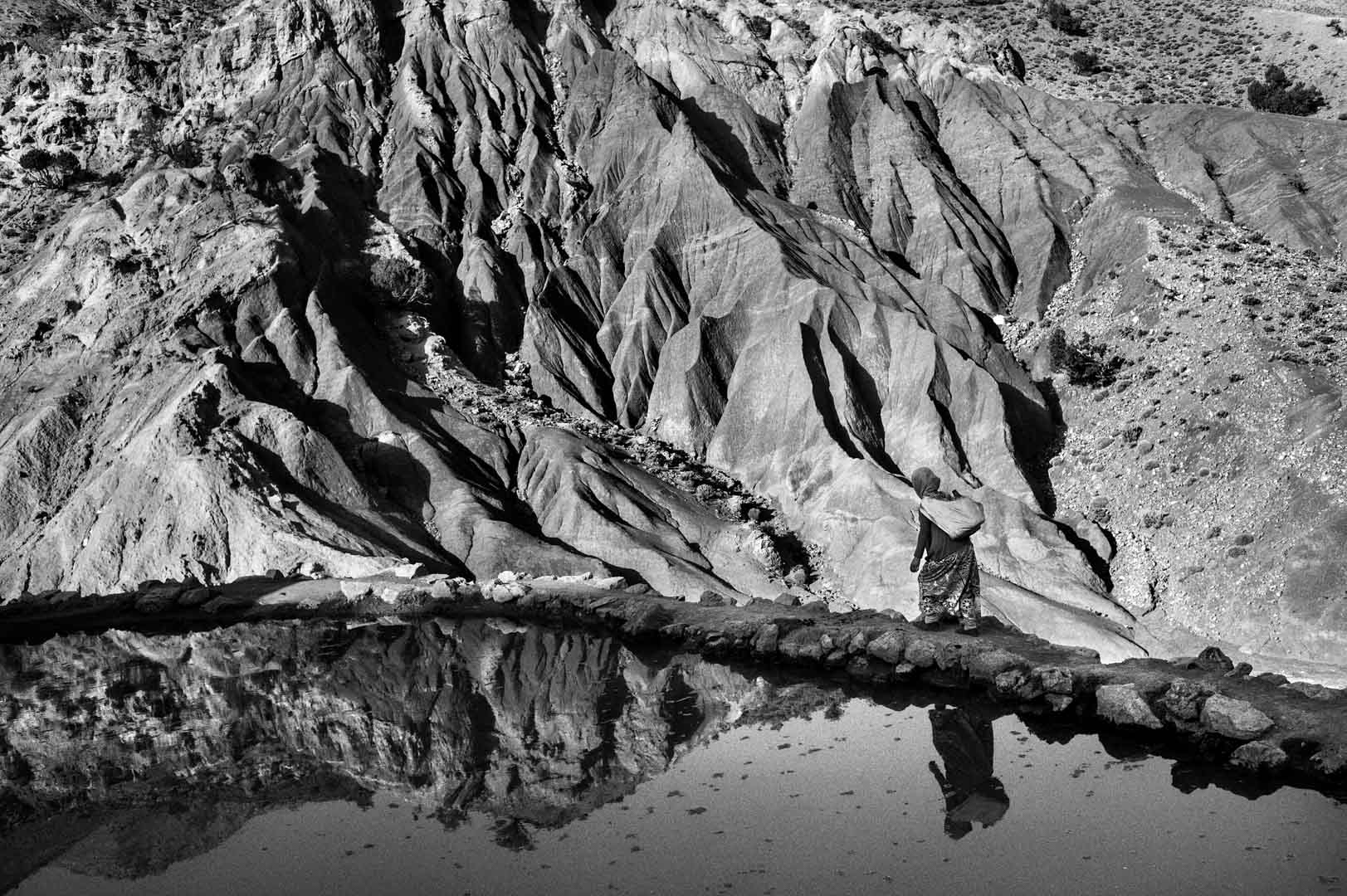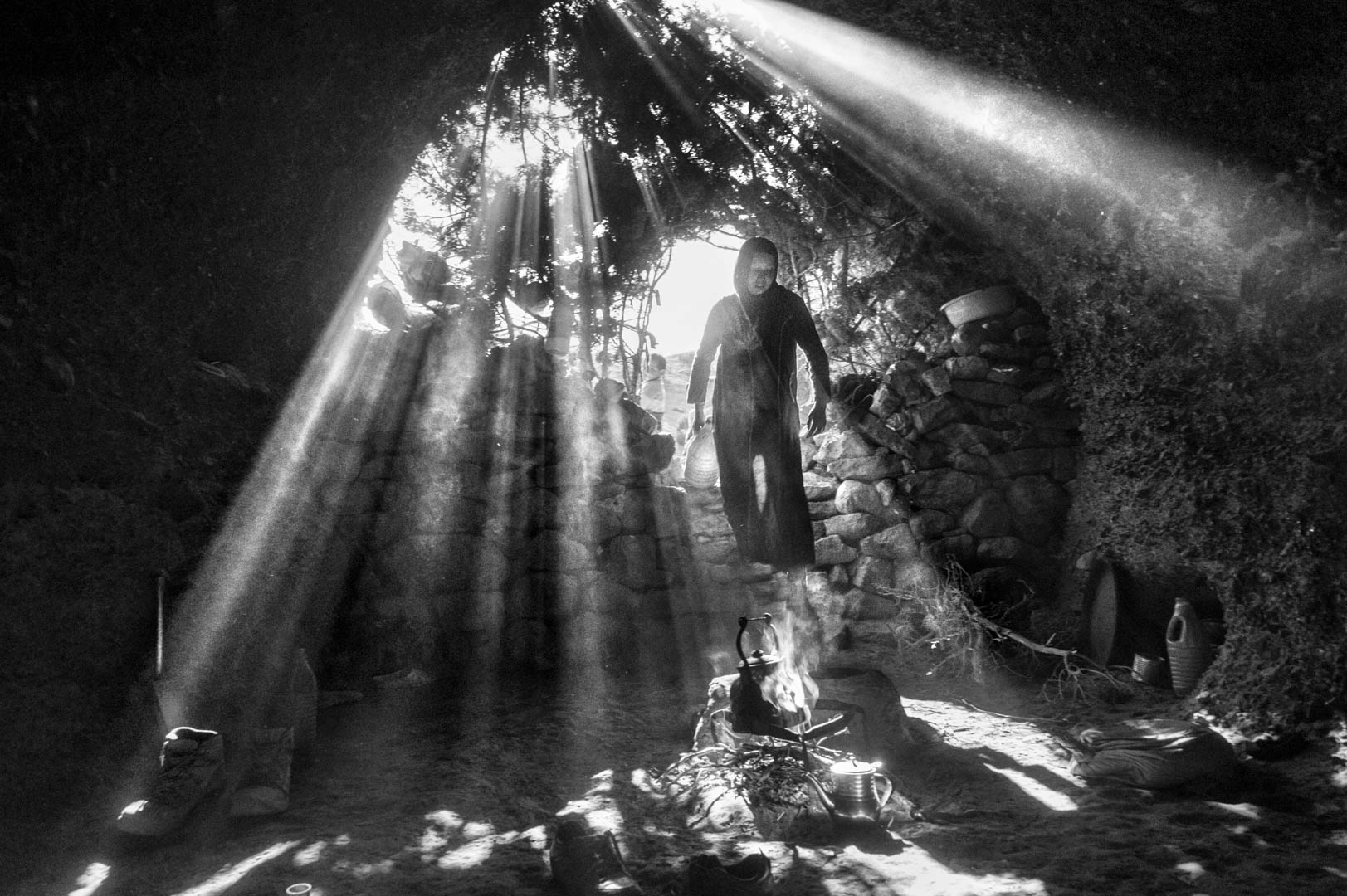Ferhat Bouda — IMAZIGHEN
11th edition of the photography festival – L’Œil Urbain
Exhibition from March 31, 2023 to May 20, 2023
Galerie d’art municipale
16 allées Aristide-Briand, 91100 Corbeil-Essonne
Free entrance
From Tuesday to Saturday : 9am – 6pm
Singular and plural, the very ancient Berber culture is also one of the most misunderstood and threatened in North Africa.
The Imazighen* occupy a vast territory stretching from Mauritania to the Siwa oasis in Egypt, including Morocco and Algeria. These two countries are home to most of the Amazigh population, who form an indigenous entity: they are Tuaregs, Rifans, Kabyles,
Chleuhs, Chaouis.
Despite differences between countries, they are united around common values: a democratic social organisation, an unbreakable link to the land, a sense of community, a relationship with the sacred, hospitality and, of course, the desire to preserve their language and their cultural particularities.
cultural particularities.
Not fitting into the logic of nation-states, nomadic or sedentary, Muslim, Christian or Jewish, the Imazighen and their culture are suspected of heresy by North African governments. Often oppressed, dispersed and even persecuted, they try to resist acculturation and tyranny by their rulers. Their traditions are a means of anchoring themselves in the face of threats of uprooting and annihilation.
The Imazighen claim loud and clear the Amazigh culture and language and this is an act of resistance against assimilation and oblivion.
* The Imazighen (Amazigh in the singular) – which means free man – is the original name of the western term Berber.
Tamurt
Algeria
« In 2004, after almost five years in Europe, I returned home to Algeria. I wanted so much to see my family again, my native village and the house where I had all my childhood memories. I was burning with the desire to finally find the mountains that were home to my family and that my soul inhabited, to breathe again the air full of the woody scents that filled my lungs. I was finally back in my native Kabylia. » – Ferhat Bouda
In the intimacy of Tuaregs in Niger
Around the regions of Agadez and Abalak, in the centre of Niger, live Tuareg tribes who have chosen to stay away from the cities and new technologies. They are still semi-nomadic and only move their camp twice a year. Cattle breeding is their main source of income.
The women, very proud, are the pillars of the tribes. In many ways, it seems to be a matriarchal society, but the decision-making bodies remain in the men’s hands.
Azawad
The opportunity for an independent Tuareg state in Mali
In early 2012, the heavily armed Tuareg rebels of the National Movement for the Liberation of Azawad (NMLA) from Libya landed in Mali with the intention of reclaiming Azawad, a near-desert region of the country where the Tuareg live. Azawad means ‘land of transhumance’.
That same year, the NMLA declared the independence of the state of Asawad. No country recognises this state, where conflicts and tensions persist.
Middle and High Atlas, Morocco
« Most of Imazighen people live in Morocco. I went to meet them in the village of Tinefgam, which is located in the Moroccan High Atlas at an altitude of nearly 2000 metres. » – Ferhat Bouda
The villagers live in houses built of stone and clay or in caves that dot the ridges and steep hills of the area. They are peaceful people with a quiet force. Yet they are forgotten by the government, which purposely marginalizes them.
